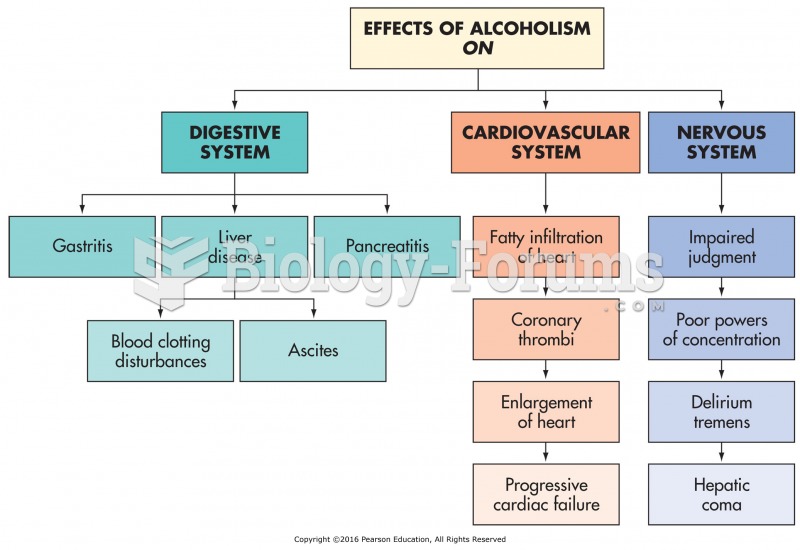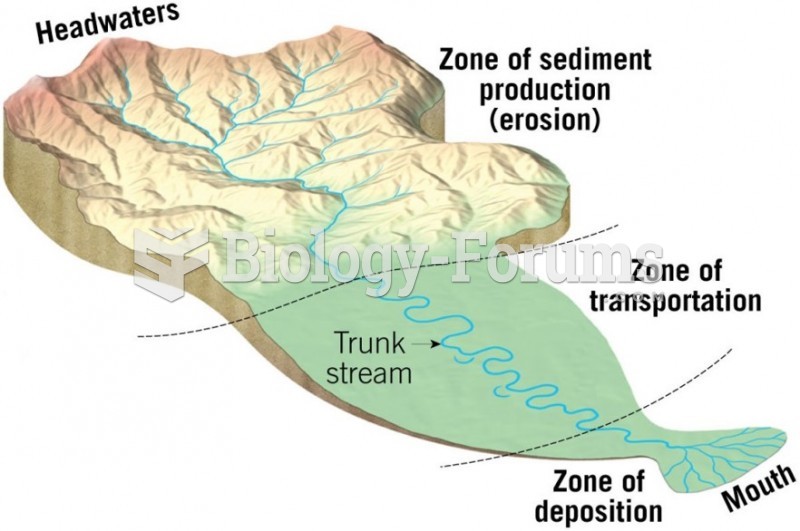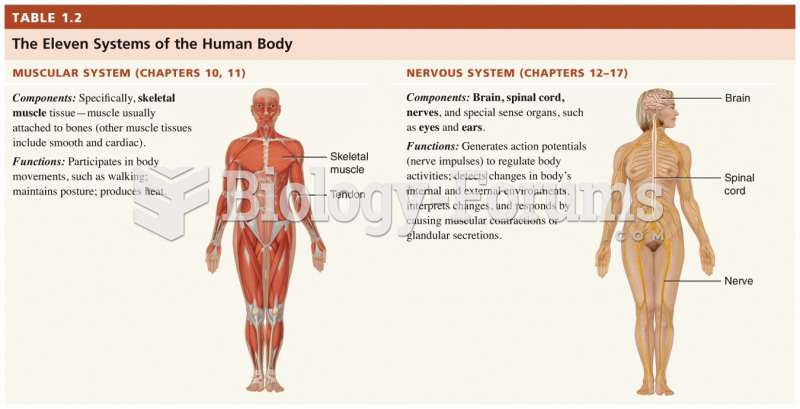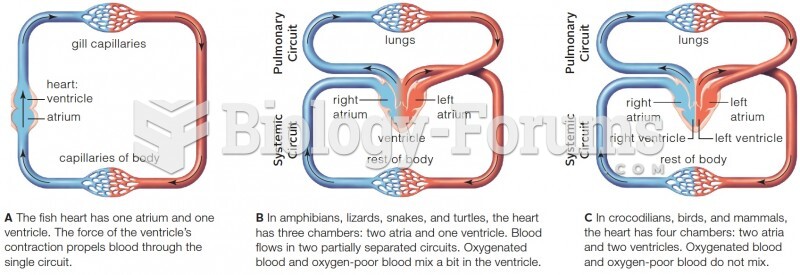Answer to Question 1
Answer: Earth's four systems are the atmosphere, the hydrosphere, the lithosphere and the biosphere. The names of these four spheres are derived from the Greek words for stone (litho), air (atmo), water (hydro), and life (bio).
Three of the four systems are abiotic. These are:
1. The atmosphere which is a thin layer of gases surrounding Earth.
2. The hydrosphere includes all of the water on and near Earth's surface.
3. The lithosphere is made up of the Earth's crust and a portion of upper mantle directly below the crust.
One of the four systems is biotic. This is the biosphere, or all living organisms on Earth, including plants and animals, as well as microorganisms.
Answer to Question 2
Answer: All the three terms (density, concentration and pattern) are used by geographers to identify the distribution of properties across space.
Density is the frequency with which something occurs in space. The feature being measured could be people, houses, cars, volcanoes, or anything. The area could be measured in square kilometers, square miles, hectares, acres, or any other unit of area. It should be noted that a large population does not necessarily lead to a high density. Canada has a much larger population than the Netherlands, but the Netherlands has a much higher density because its land area is much smaller.
Concentration is the extent of a feature's spread over space. If the objects in an area are close together, they are clustered; if relatively far apart, they are dispersed. To compare the level of concentration most clearly, two areas need to have the same number of objects and the same size area. Concentration is not the same as density. Two neighborhoods could have the same density of housing but different concentrations. In a dispersed neighborhood each house has a large private yard, whereas in a clustered neighborhood the houses are close together and the open space is shared as a community park.
Pattern refers to the geometric arrangement of objects in space is pattern. Some features are organized in a geometric pattern, whereas others are distributed irregularly.







